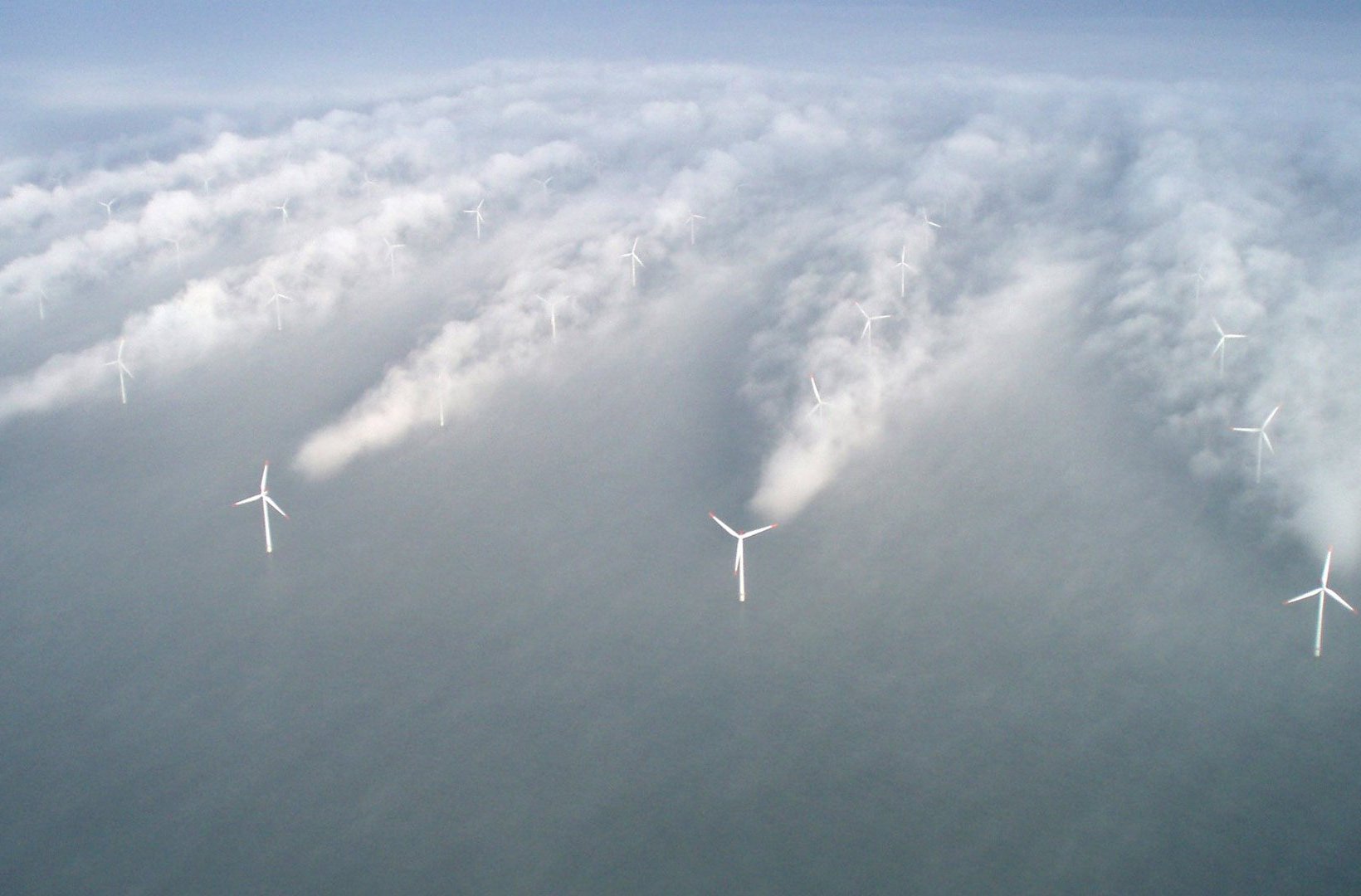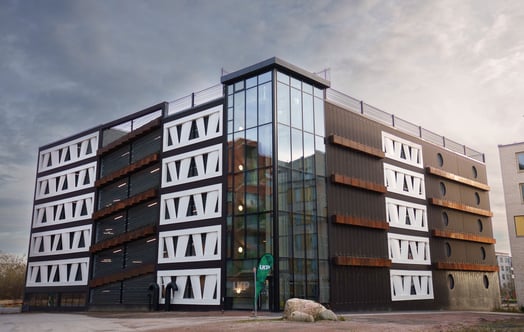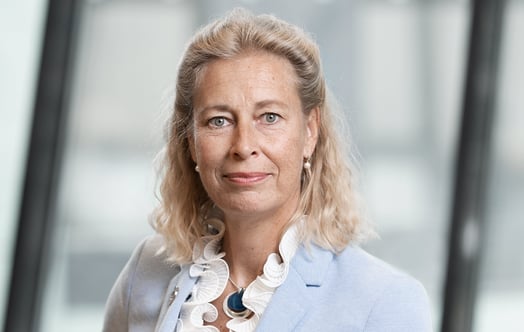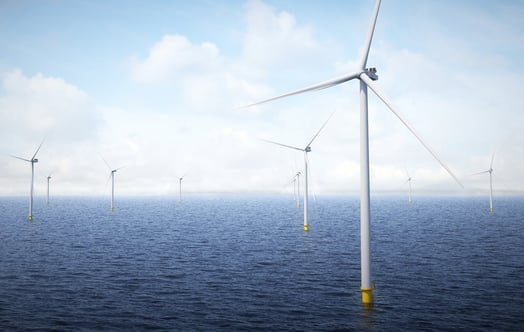
Vattenfall sets circular economy target for permanent magnets
Vattenfall has announced its commitment to achieving 100% circular outflow of permanent magnets from their wind farms decommissioned from 2030 onwards. This initiative marks Vattenfall as the first developer to commit to a detailed circular economy target for these crucial components.
Permanent magnets are integral to wind turbine functionality, especially for direct drive turbines, and depending on size, turbines are housing between one to eight tons of these magnets. The amount of 1 ton of permanent magnets would be sufficient for use in approximately 20,000 standard home loudspeakers.
These magnets contain rare earth elements that are valuable and in need for recycling due to their scarcity, sustainability impact, and geopolitical supply risks. Vattenfall is dedicated to developing circular solutions to reuse, refurbish, repurpose, or recycle permanent magnets, aiming to reduce reliance on raw materials and minimize the environmental & social impact associated with new magnets, especially related to the mining of the rare earth elements.
“Our goal is to achieve a 100% circular outflow of permanent magnets from our decommissioned wind farms. This commitment underscores our dedication to reducing waste and preserving material value as well as fostering social responsible sourcing, which is essential for sustainable development. By setting specific targets, we demonstrate our commitment to creating a robust and efficient system for proper treatment of permanent magnets.” says Eva Julius-Philipp, Director of Environment & Sustainability at Vattenfall BA Wind.
While substantial waste from wind turbines using permanent magnets is not expected until the mid-2030s, it is crucial to take pro-active steps already now to establish efficient processes to manage these materials in the future. The company’s forward-looking approach aims to ensure that fully circular processes will be in place by the time large-scale wind farms containing permanent magnets are decommissioned. Vattenfall’s target setting on Permanent Magnet recycling is also in line with the EU Critical Raw Materials Act. It aims to make the EU more self-reliant in mining, processing and recycling of critical metals and minerals, to protect the region from increasing international competition for resources.
As part of this initiative, Vattenfall has formed strategic partnerships with specialized recycling facilities and technology providers focused on rare earth element recovery:
CAREMAG (France), supported by CARESTER its mother company, specialized in the development of rare earth processes, is currently working on a project to establish an industrial facility to produce recycled pure rare earth oxides from rare-earth-based permanent magnets.
Cyclic Materials (North America), has innovative processes and separation technology to recover rare earth elements from magnets and return them to the supply chain. The company has established expertise in extracting mixed rare earth oxides from wind turbines generators and components.
Vattenfall expects this initiative to not only achieve significant waste reduction and material preservation but also to offer valuable insights that will enhance industry collaboration and promote broader circularity.
The circular target on permanent magnets complements a circular target for wind turbine blades where 2021 Vattenfall committed to a landfill ban on decommissioned wind turbine blades from owned windfarms and to recycle 100 percent of decommissioned blades by 2030 (press release).
The transition to circular economy at Vattenfall is a core element of reaching our net zero climate targets by 2040. Already today 85-90% of the materials used to construct a wind turbine is recycled and with these ambitious targets we aim at finding solutions for the remaining materials.
For more information on Vattenfall and its sustainability initiatives, visit our sustainability pages
About CAREMAG
CAREMAG is the pioneer of the recycling of rare-earth permanent magnets from end-of-life equipment in Europe. In our project in Lacq in the South-West of France, we aim to recycle 2,000 tons of magnets and separate 5,000 tons of heavy rare earth concentrates from mining, setting a new standard in ESG practices. CAREMAG is a subsidiary of CARESTER, which is the reference partner for companies in the rare earth industry. Learn more about us at www.carester.fr
About Cyclic Materials
Established in 2021, Cyclic Materials is a cleantech company creating a circular supply chain for rare earth elements and other materials critical to supporting the energy transition. Through its innovative technology, the company economically, sustainably and domestically transforms end-of-life products into valuable raw materials that are essential to the production of electric vehicles, wind turbines and motors for the electronics we use in our daily lives. In 2024, Cyclic opened its Hub100 plant in Kingston, Ontario – the first facility to produce recycled Mixed Rare Earth Oxide (rMREO) in North America using its proprietary hydrometallurgical technology, REEPure™. With the global market for magnet rare earth elements forecasted to increase dramatically by 2030, establishing new sources of these critical elements is vital to support the electrification of the economy across the globe. Cyclic plans to scale its technology in North America, Europe and Asia. To learn more, visit cyclicmaterials.earth
Importance of recycling permanent magnets and rare earth elements
Permanent magnets with rare earth elements (REEs) are vital for wind turbine generators, especially neodymium-iron-boron (NdFeB) magnets used in direct-drive turbines which are increasingly preferred due to their higher reliability and lower maintenance compared to gear-driven systems.
Mining of REEs often happens in countries with weak regulations which can lead to human rights issues, poor working conditions, and environmental damage like radioactive waste. Dependence on a few countries, mainly China, for REEs creates supply and geopolitical risks.
Recycling REEs from decommissioned turbines conserves these materials, reduces environmental & social impact, and ensures a stable supply, making wind energy more sustainable and cost-effective.



